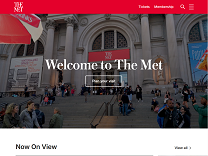Attributed to Payag – The Goddess Bhairavi Devi with Shiva – The Metropolitan Museum of Art https://www.metmuseum.org/art/collection/search/457743
Shri Bhairavi DeviAlthough Akbar commissioned a number of manuscripts on Hindu subjects, later Mughal paintings of Hindu subjects are rare. This single page illustrates a horrific form of the Devi and was painted by one of the premier artists of the imperial atelier
Guy (New Delhi: Mapin, 1995, pp. 292, 333, figs. 9, 10, and pl. 19 as convincing

